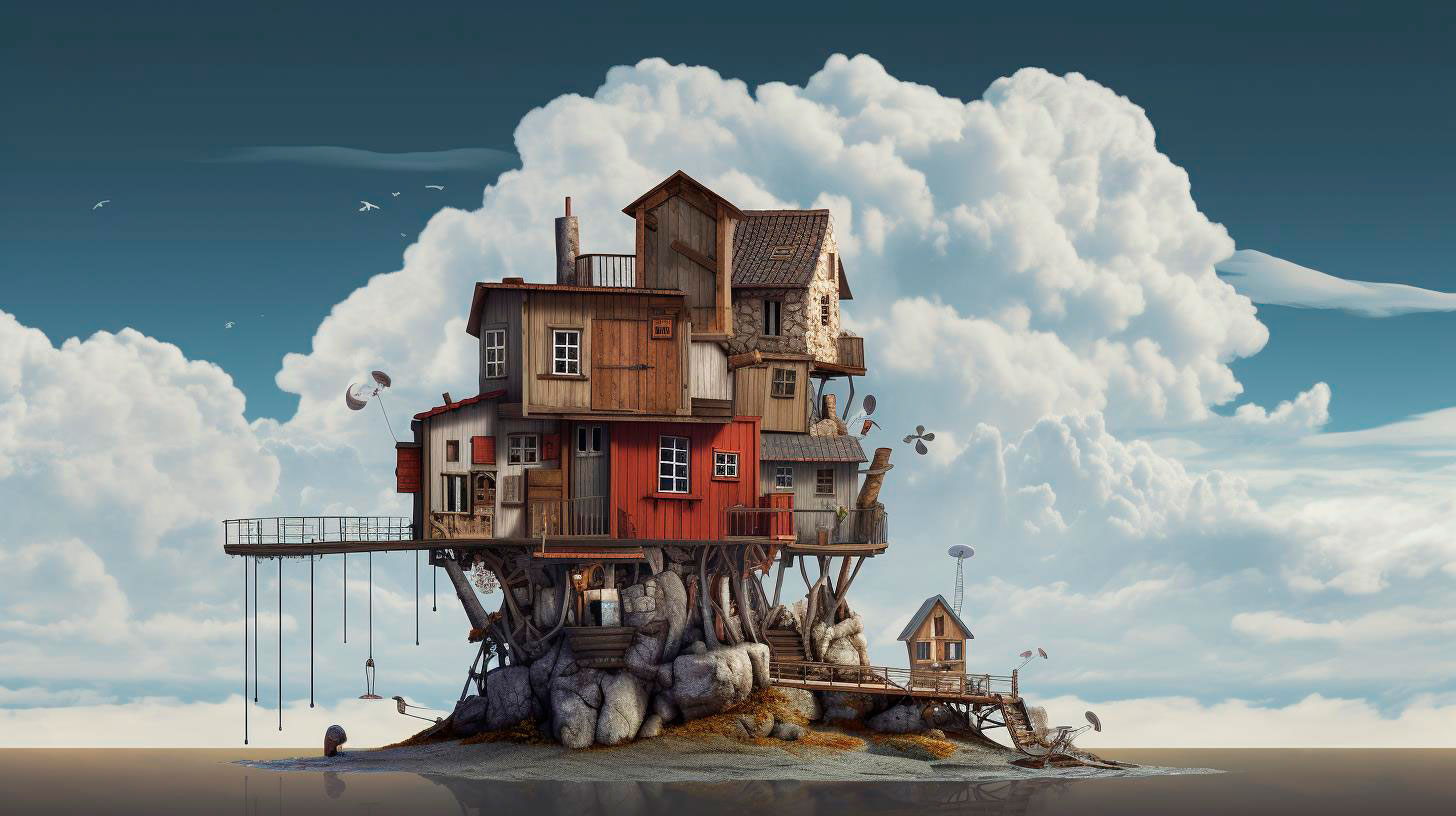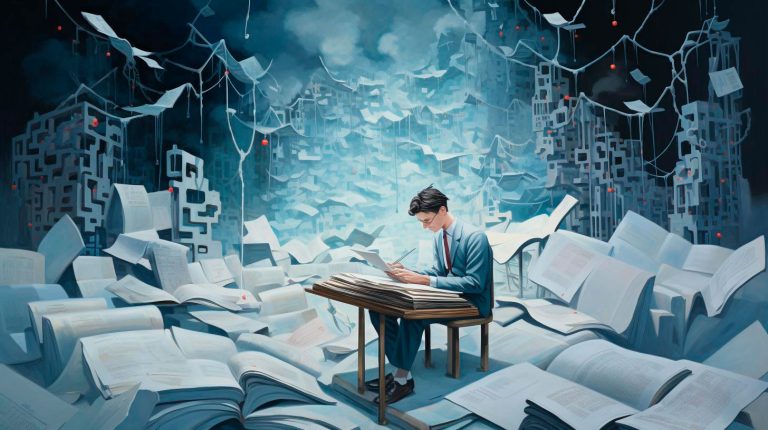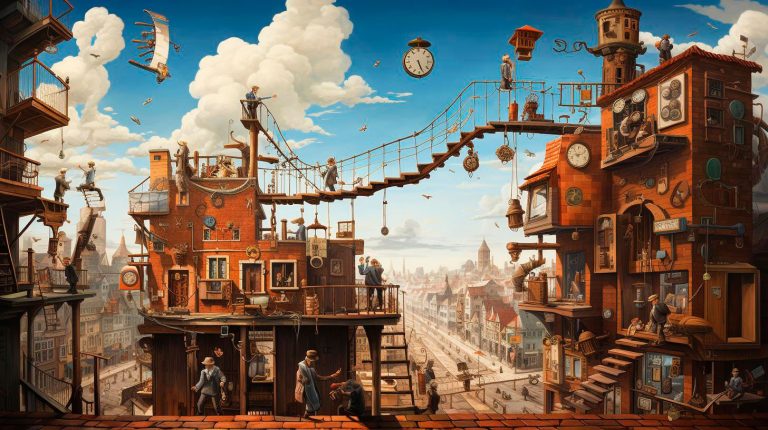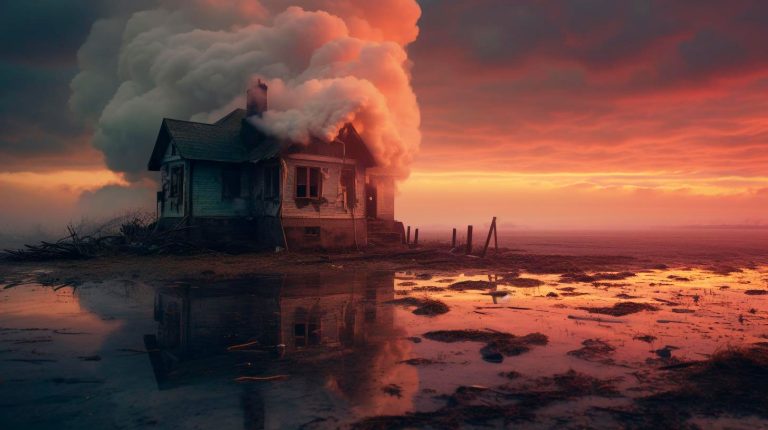In this article, we will explore the must-have equipment for astrophotography, along with their features, advantages, and key takeaways.
Camera
The camera is the most important gear for astrophotography. A digital single-lens reflex (DSLR) or a mirrorless camera is recommended for this purpose. These cameras offer manual control over settings, allowing you to adjust exposure, ISO, and focus settings for optimal image quality.
- Features:
- High-resolution sensor
- Interchangeable lenses
- Manual control
- Low noise at high ISO
- Advantages:
- Ability to capture fine details
- Flexibility to use different lenses
- Greater control over settings
- Enhanced image quality in low-light conditions
Tripod
A sturdy tripod is essential for astrophotography as it provides stability and eliminates camera shake during long exposures. Look for a tripod that can support the weight of your camera and lens combination comfortably.
- Features:
- Adjustable height
- Stability
- Lightweight
- Durable materials
- Advantages:
- Reduces camera shake
- Allows for long exposure shots
- Easy to carry and transport
- Ensures sharp and clear images
Telescope
For capturing the finest details of celestial objects, a telescope can greatly enhance your astrophotography experience. A good quality telescope with a stable mount will enable you to capture images of distant galaxies, nebulae, and planets with astonishing clarity.
- Features:
- Aperture size
- Focal length
- Optical quality
- Sturdy mount
- Advantages:
- Enables high magnification
- Captures finer details
- Enhances image clarity
- Allows for precise tracking
Remote Shutter Release
A remote shutter release is a handy accessory that enables you to trigger the camera without physically touching it. This helps prevent any camera shake, ensuring sharp and clear images during long exposures.
- Features:
- Wired or wireless
- Intervalometer function
- Timer function
- Compatibility with your camera model
- Advantages:
- Reduces camera shake
- Allows for hands-free operation
- Enables time-lapse photography
- Enhances flexibility and creativity
Light Pollution Filter
Light pollution can significantly affect the visibility and clarity of celestial objects. A light pollution filter helps to block out unwanted artificial light, allowing you to capture clearer and more vibrant images of the night sky.
- Features:
- Effective in blocking specific wavelengths of light
- Compatible with your camera and lenses
- Easy to attach and remove
- Quality construction
- Advantages:
- Improves contrast and color saturation
- Mitigates light pollution effects
- Enhances visibility of distant objects
- Preserves natural color balance
Key Takeaways
- A DSLR or mirrorless camera with manual control is essential for astrophotography to adjust settings for optimal results.
- A sturdy tripod provides stability and eliminates camera shake, allowing for long exposures of celestial objects.
- Investing in a good quality telescope enhances the ability to capture fine details of distant celestial objects.
- A remote shutter release enables hands-free operation, reducing the risk of camera shake during long exposures.
- Using a light pollution filter helps to block unwanted artificial light, resulting in clearer and more vibrant images of the night sky.
Embarking on an astrophotography journey requires the right gear to capture stunning images of celestial wonders. By investing in the essential equipment mentioned above, you can elevate your astrophotography skills and bring the enchanting beauty of the universe to life through your lens.






















+ There are no comments
Add yours